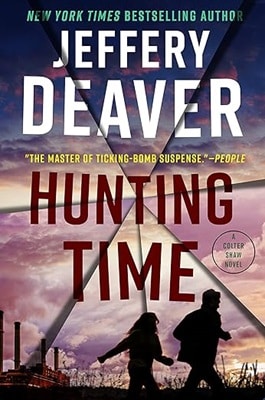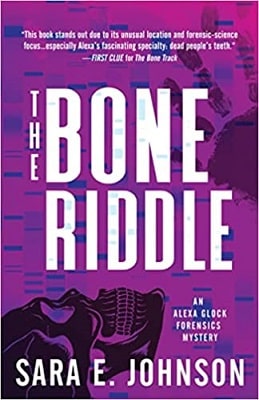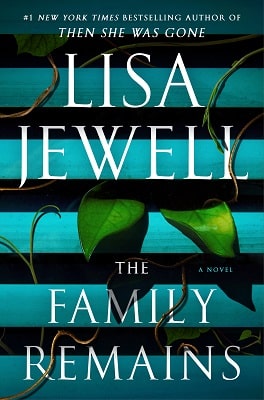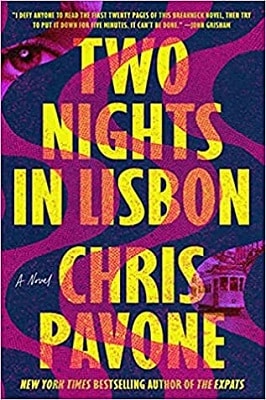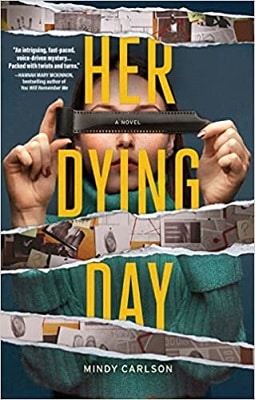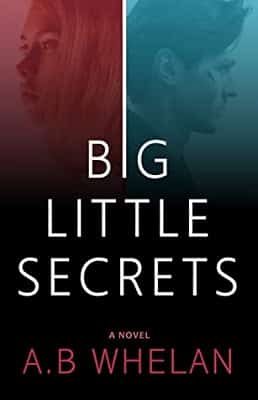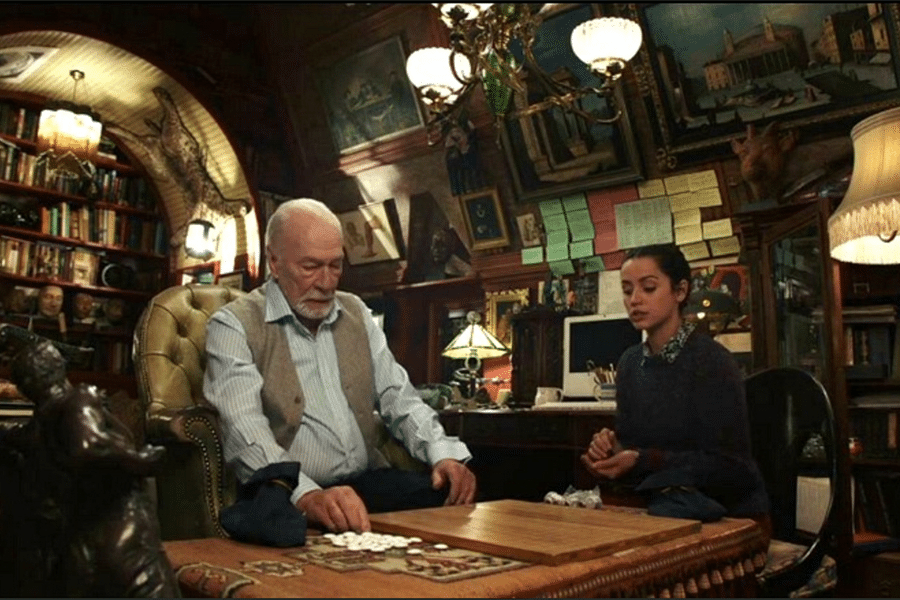
Mystery Board Games
The world of mystery fiction has long intertwined with the board game universe, creating a unique blend of storytelling and strategic gameplay. The connection between the two is palpable, with board games like Clue and Mysterium drawing heavily from the rich traditions of detective novels and suspenseful narratives. These games, through their mechanics and storylines, offer players a chance to step into the shoes of a detective, solving puzzles and unearthing secrets.
Mystery board games have evolved significantly over the decades. Clue, originally published as Cluedo in 1949, stands as a pillar in the genre. The game invites players to deduce the murderer, the weapon, and the location within a sprawling mansion, embodying the essence of classic whodunits. Its simplicity and elegance have ensured its place in popular culture, inspiring adaptations in various media, including films and TV specials.
Contrasting Clue’s straightforward approach, modern games like Mysterium introduce more complex narratives and immersive experiences. Released in 2015, Mysterium blends cooperative gameplay with a haunting storyline. Players assume the roles of psychics attempting to communicate with a ghost to solve a murder mystery. The ghost, unable to speak, conveys clues through abstract and often surreal imagery. This game mirrors the atmospheric tension found in novels like “The Haunting of Hill House” by Shirley Jackson, where the supernatural and the psychological intertwine, creating a sense of unease and mystery.
The narrative techniques in mystery board games borrow heavily from the pages of detective novels. Character development is crucial, with players often taking on the roles of distinct personas, each with their backstory and motivations. This mirrors the detailed characterizations found in the works of Agatha Christie and Raymond Chandler, where every individual is a potential suspect, and their histories are as telling as the clues they leave behind. Plot twists and red herrings are staples in both media, keeping players and readers alike guessing until the very end.
Game mechanics in mystery board games are designed to emulate the detective process. Clue’s methodical approach of questioning and elimination reflects the structured logic of classic detective fiction. In contrast, games like Detective: A Modern Crime Board Game, released in 2018, incorporate real-world data and internet resources, blurring the lines between fiction and reality. This game demands players to think like contemporary investigators, piecing together evidence from various sources, much like the protagonists in Michael Connelly’s “Bosch” series.
The cultural impact of mystery board games cannot be overstated. Clue has become a cultural touchstone, referenced in countless books, films, and TV shows. Its influence is evident in the comedic murder mystery film “Knives Out,” where the intricate plotting and eccentric characters pay homage to the game’s legacy. Mysterium, on the other hand, taps into the growing fascination with the supernatural and the unknown, echoing themes seen in series like “Stranger Things” and “The X-Files.”
Mystery board games have maintained their popularity by constantly evolving to meet the tastes of contemporary audiences. Games like Betrayal at House on the Hill, first published in 2004, offer a unique twist by introducing an element of betrayal among the players, adding a layer of psychological intrigue. This mirrors the themes of trust and deception found in modern psychological thrillers like Gillian Flynn’s “Sharp Objects.”
The psychological appeal of mystery and investigation is a driving force behind the success of these games. The human mind is naturally drawn to puzzles and the satisfaction of solving them. The thrill of the unknown, the challenge of piecing together disparate clues, and the ultimate revelation of the truth tap into fundamental aspects of human curiosity and problem-solving. This psychological engagement is similar to the experience of reading a gripping mystery novel, where each page turn brings the reader closer to the resolution.
Mystery board games also offer a form of escapism, allowing players to immerse themselves in different worlds and scenarios. Whether it’s the gothic mansion of Clue, the haunted house of Betrayal at House on the Hill, or the eerie séances of Mysterium, these games create rich, immersive environments that transport players away from their everyday lives. This is akin to the way mystery novels provide a temporary escape into a world of intrigue and suspense.
Moreover, the collaborative nature of many mystery board games enhances their appeal. Games like Mysterium and Detective encourage teamwork and communication, fostering a sense of camaraderie among players. This collaborative element is reflective of the partnerships often seen in detective fiction, such as the dynamic duo of Holmes and Watson or the ensemble cast of investigators in series like “Broadchurch.”
The connection between mystery fiction and board games is deep and multifaceted. From the historical evolution of games like Clue to the intricate narratives and mechanics of modern titles like Mysterium, these games offer a unique blend of storytelling and strategic gameplay. They draw upon the rich traditions of mystery fiction, creating immersive experiences that captivate and challenge players. Whether through the methodical deduction of Clue or the psychological intrigue of Mysterium, mystery board games continue to engage and entertain, bridging the worlds of literature and interactive entertainment
More Mysteries
advertisement
Mystery Features
Locked Room Mysteries
Unraveling the Enigma of Impossibility
New York Mysteries
Mysteries in the Big Apple
Whodunnit Mysteries
The spine-tingling genre that keeps readers on the edge of their seats

